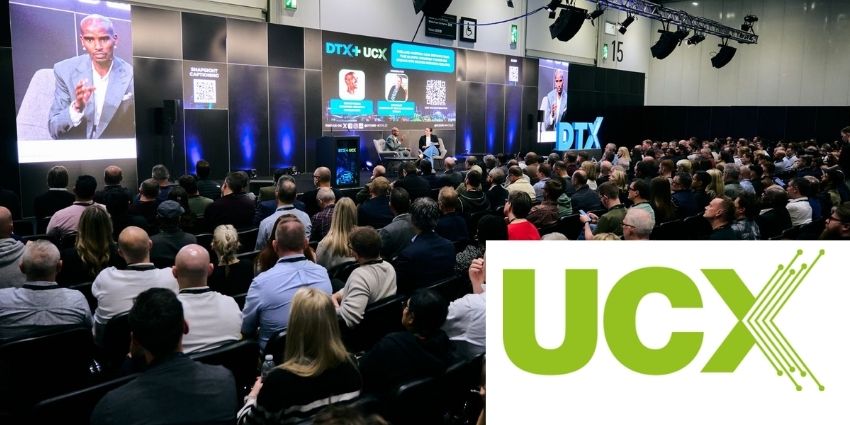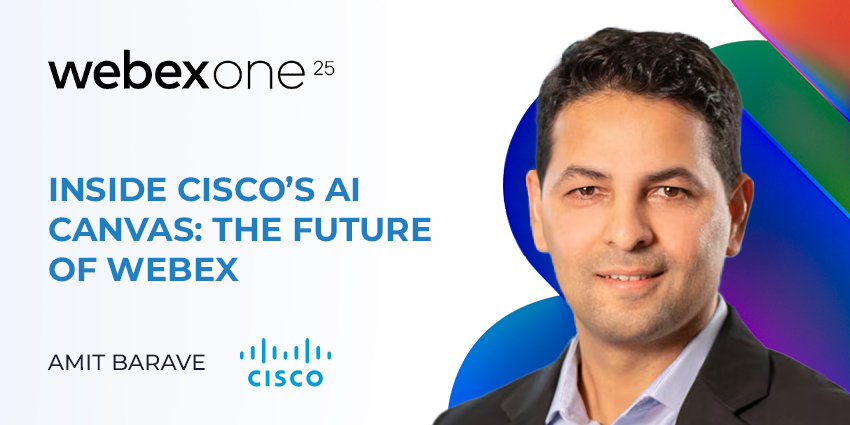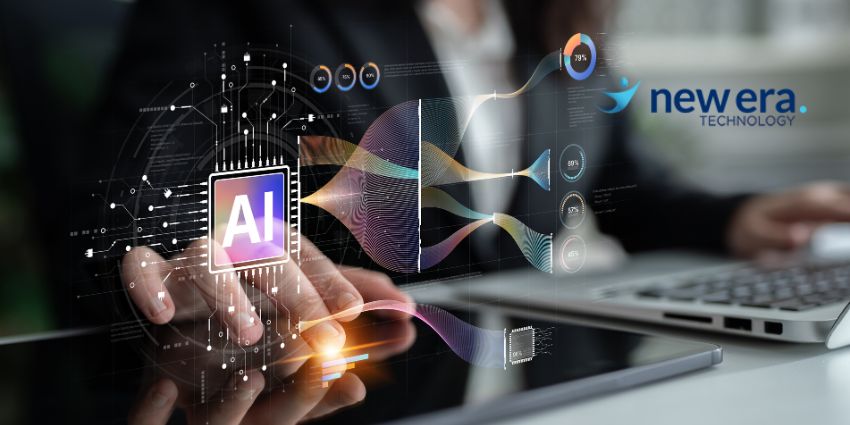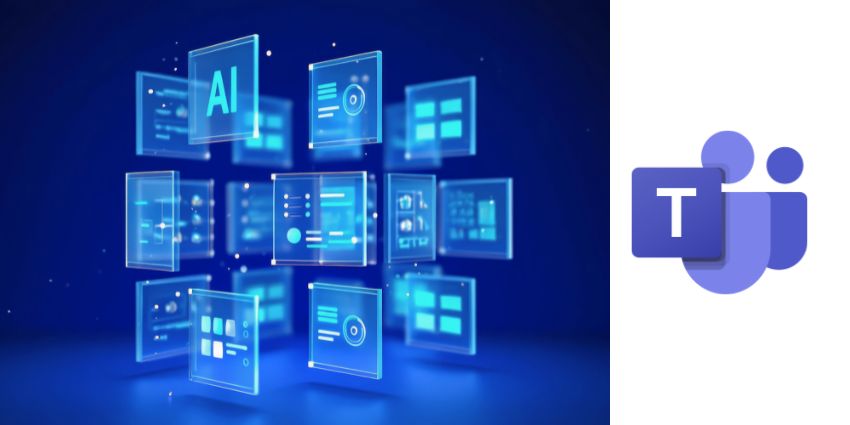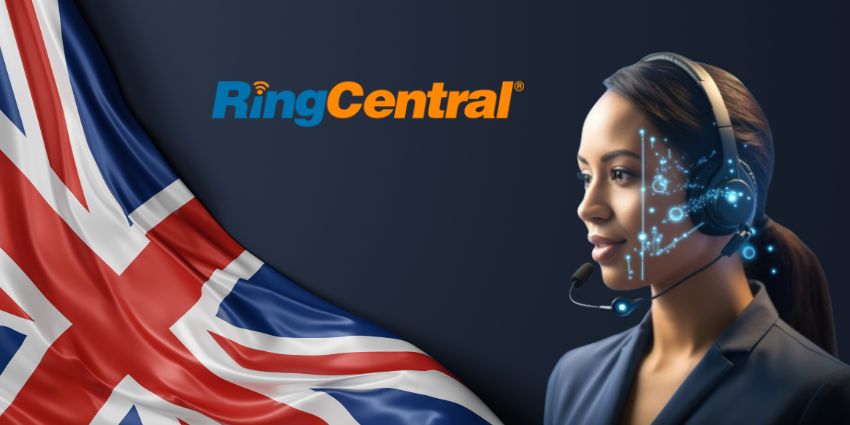In workplaces across the world, executives are grappling with a crisis that doesn’t show up in traditional HR metrics.
While they can easily track absenteeism rates and calculate turnover costs, a more insidious problem is eating away at their workforce from within: “quiet cracking”.
This phenomenon goes far deeper than the widely discussed “quiet quitting” trend. Where quiet quitting saw employees simply doing the minimum required, quiet cracking represents complete mental disengagement while maintaining the facade of productivity.
Employees show up, perform basic duties, but have fundamentally checked out, and the primary driver behind this workplace epidemic is the rapid, often poorly managed implementation of AI across organizations.
Indeed, employees’ fear of being replaced by AI, and the increased performance expectations that come with AI-enhanced workflows, is leaving many worn out.
The statistics paint a stark picture. About 54% of employees report feeling unhappy at work, with the frequency ranging from occasionally to constantly, according to a 2025 report from TalentLMS.
This widespread disengagement translated to a cost on the global economy of approximately $438 billion in lost productivity, according to Gallup.
But how does quiet cracking manifest? And how can team leaders spot it before it is too late? To find out more, UC Today spoke with Caz Brett, Senior Director of Product at Smartsheet; Pedro Andrade, VP of Artificial Intelligence at Talkdesk; and Art O Gnimh, General Manager for Core Personal Workspace Solutions at Logitech.
An AI-Driven Crisis?
The relationship between AI implementation and quiet cracking is not coincidental, it’s causal.
Organizations rushing to deploy AI tools are creating a perfect storm of workplace anxiety that directly leads to employee disengagement.
The first major factor is existential fear. When organizations frame AI implementation as efficiency drives or cost-cutting measures, employees naturally interpret this as a threat to their job security.
This isn’t temporary stress, it fundamentally alters how employees view their value within the organization. Brett identifies how this manifests: “When it’s introduced as a surveillance or cost-cutting measure, it naturally fuels fear.”
Employees begin to feel monitored rather than supported, leading them to withdraw emotionally while maintaining the appearance of productivity.
The fear runs so deep that it’s changing behavior patterns across organizations. O Gnimh reveals that “29% were using it secretly, driven by fear or competitive pressure.”
This hidden usage pattern indicates employees feel they must choose between staying competitive and being transparent with their employers – a situation that breeds exactly the kind of disconnection that defines quiet cracking.
The second major factor is the dramatic increase in performance expectations that accompanies AI deployment.
Once AI tools are introduced, organizations often expect employees to handle more work, work faster, or achieve higher quality outputs – essentially using AI as a productivity multiplier rather than a stress reducer.
This creates additional pressure layers where employees struggle with new systems while simultaneously being expected to outperform their previous capabilities.
In contact center environments, Andrade observes how this pressure manifests in measurable terms:
“One of the biggest factors behind quiet cracking is workplace stress: specifically, stress caused by the pressure to resolve things quickly.”
When AI is introduced without considering its impact on employee wellbeing, it amplifies existing pressures rather than alleviating them.
The combination is toxic. Employees fear being replaced by AI while simultaneously being expected to achieve more with AI assistance. This creates the perfect conditions for quiet cracking, workers who feel overwhelmed, undervalued, and uncertain about their future.
Why AI-Driven Disengagement Goes Undetected
The AI-fueled nature of quiet cracking makes it particularly difficult to identify through traditional management approaches.
Unlike obvious workplace issues such as absenteeism or turnover, quiet cracking operates in the shadows of everyday workplace interactions, especially when employees are managing AI-related anxieties.
“Quiet cracking is tricky because it’s almost invisible,”
explains Brett.
“Absenteeism and turnover show up in reports, but disengagement creeps in silently with very subtle signs – slower replies, less energy, lacklustre output – all of which signal an employee is fading.”
This invisibility creates particularly expensive problems for organizations. Andrade points out the financial implications: “It costs over £11k (approximately $15k USD) to train an agent, and it’s two months before they can even pick up their first call. And if staff leave quickly, costs can quickly skyrocket – in some places I’ve seen 7% of staff leave within the first 30 days.”
In hybrid and remote work environments, where many AI rollout is still taking place across a company but support is not as strong, the challenge becomes even more pronounced.
O Gnimh notes that “quiet cracking is often hidden behind employees ‘keeping up appearances’ while silently struggling. In hybrid and remote settings especially, smaller signs like withdrawn participation or lack of engagement can be easy to miss.”
This allows the problem to persist undetected for much longer, often until employees reach their breaking point.
Implementing AI with Your Workers
The same technology driving quiet cracking can, when implemented thoughtfully, become part of the solution.
However, this requires a fundamental shift in how organizations approach AI deployment – from productivity maximization to employee support.
Brett is clear about the foundation: “The best ‘warning system’ isn’t a tool – it’s trust. Tech can highlight patterns, like when someone suddenly stops engaging in meetings, or their productivity dips, but the real solution is creating enough psychological safety that people feel they can speak up.”
When it comes to assuaging employee’s fear around AI, the key lies in reframing it as a support system rather than a replacement threat.
“AI shouldn’t be about replacing people,”
Brett says.
“It should be about freeing them. When it’s used to remove the burden of admin, such as the endless notes, the reminders, the repetitive tasks, it becomes a support system.”
When employees, who think being introduced AI will increase their workload, are shown how it can decrease it too, then they might not feel overwhelmed with what they think lies ahead.
Equally, anonymous feedback systems can give staff an outlet for to express their views, and serve as crucial safety nets while organizations rebuild trust around AI implementation.
“Anonymous tools are helpful, but they should be the safety net rather than the goal,” Brett explains. “Things like pulse surveys, async check-ins, or chatbot nudges can act as an early warning system. But once signals surface that something isn’t on track, it’s on managers to step in before things escalate.”
O Gnimh advocates for a combination approach that addresses both the fear and expectation pressures: “Regular employee engagement surveys can help to get a pulse check, training managers on how to create an inclusive and collaborative environment where everyone feels seen and heard. Technology cannot replace human skills, but some work needs to be done by leaders to adapt our style to new ways of working.”
The most effective technological solutions focus on demonstrably reducing stress rather than increasing output expectations.
Andrade highlights specific examples: “Having an ‘assistant’ to automatically take notes on the call and provide summaries and call classifications at the end makes a big impact on agent happiness, reducing workplace stress before it has a chance to develop into quiet cracking.”
By showing employees how AI can reduce their workload in concrete ways, organizations can begin to shift the narrative from threat to support.
This creates space for employees to handle additional responsibilities without feeling like their overall burden has increased.
AI as Partner, Not a Threat
As organizations grapple with AI-driven quiet cracking, the path forward requires a fundamental reimagining of how AI serves both business objectives and human needs.
The evidence is clear that prevention costs less than cure, but the real opportunity lies in transforming AI from a source of anxiety into a genuine workplace partner.
This requires leaders who understand that successful AI implementation isn’t measured by productivity gains alone, but by employee wellbeing and engagement.
The best AI solutions remove friction, reduce stress, and create space for meaningful work and authentic relationships – exactly the opposite of what drives quiet cracking.
In a world where talent retention and engagement directly impact bottom-line performance, organizations that master this balance will find themselves with a significant competitive advantage.


